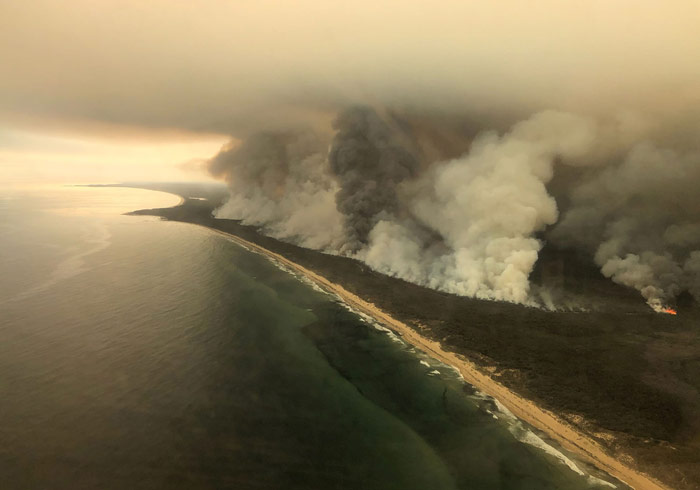
There are a series of devastating fires that are currently burning across Australia, regarded as some of the worst wildfires in history. According to recent reports, at least 24 people have died, thousands of homes have been evacuated and more than 12 million acres of land has been razed by hundreds of catastrophic blazes sweeping across parts of the country since September 2019.
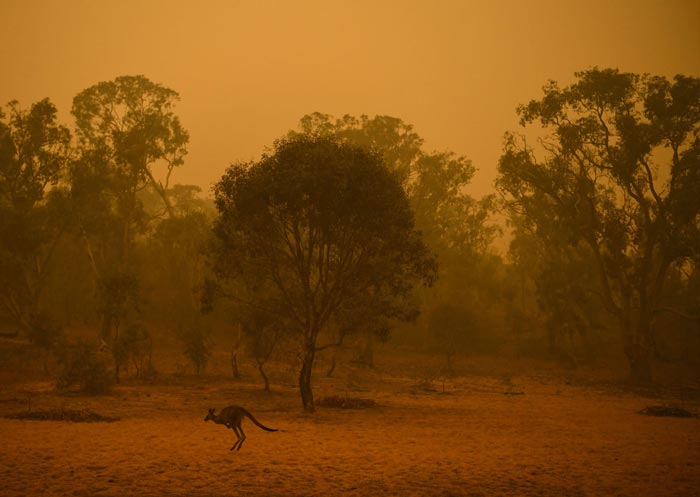
Chris Dickman, a Professor in Terrestrial Ecology at The University of Sydney, Australia, estimates that more than 800 million animals have been killed by bush fires in New South Wales, “with a national impact of more than one billion animals”.
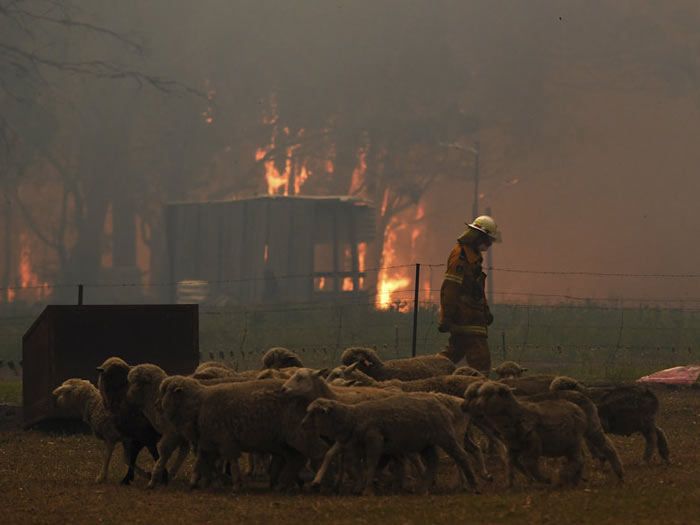
From research and studies, these series of wildfires are mainly triggered by a changing climate whereby there is longer, hotter, drier weather which has extended the country’s fire season. In fact, a drastic increase in temperatures made the 2019 summer the hottest Australia has ever experienced.
Rainfalls from January to August 2019 were the lowest on record with some areas experiencing 77% below average of expected rains. Australia is also known for its strong winds which promote the rapid spread of fires.
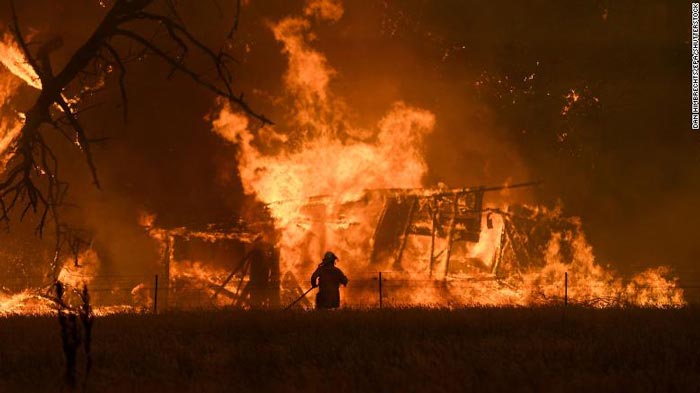
Australia’s wildfires are caused by a number of complex issues, including man-made events such as arcing from overhead power lines, accidental ignition in the course of agricultural clearing, and burning of vegetation to facilitate hunting and promote the growth of some crops. The Intergovernmental Panel on Climate Change (IPCC) has cited that ongoing anthropogenic climate change is virtually certain to increase the intensity and frequency of fires in Australia. In 2017, a study found that the removal and exploitation of mature resistant trees may have triggered extensive shrub regeneration which presents a much greater fire fuel hazard.
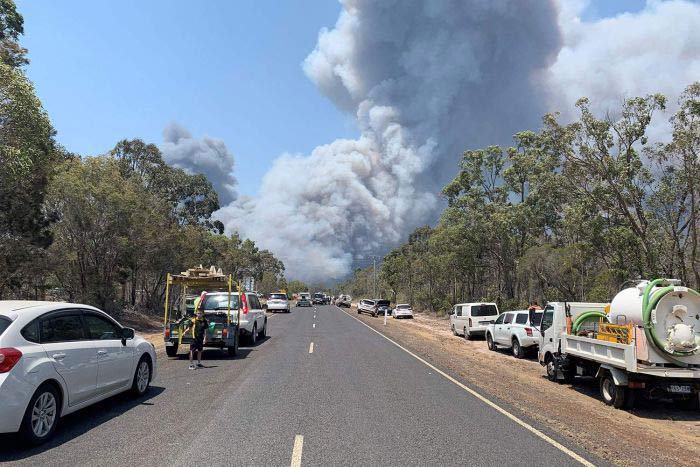
These wildfires have led to major damage to infrastructure and quality of air. They are responsible for higher incidences of respiratory ailments, displacement of people and fauna and destruction of biodiversity, and has had a drastic effect on the economy and increased global warming.


There is therefore a need to support and pressurize the Australian government to seriously implement environmental enforcement that is essential in reducing illegal logging, destructive slash-and-burn agriculture, and other existential threats. As Australia continues to battle these blazing flames, policy makers are likely to create and enforce more effective regulations and incentives to prevent deforestation, foster the reforestation of degraded lands, and support the sustainable management of standing forests in the fight against climate change.
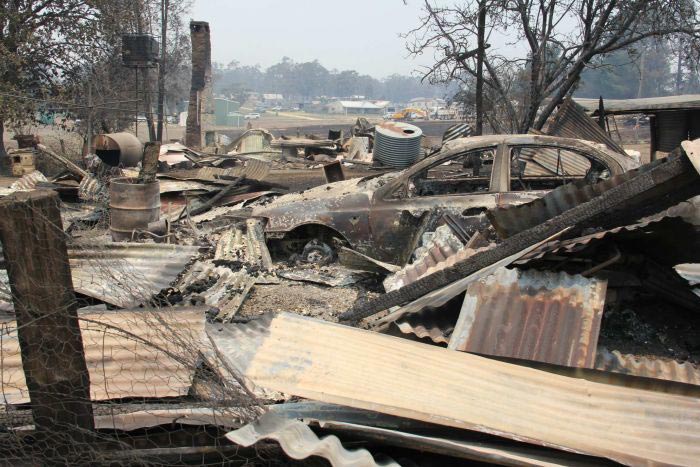
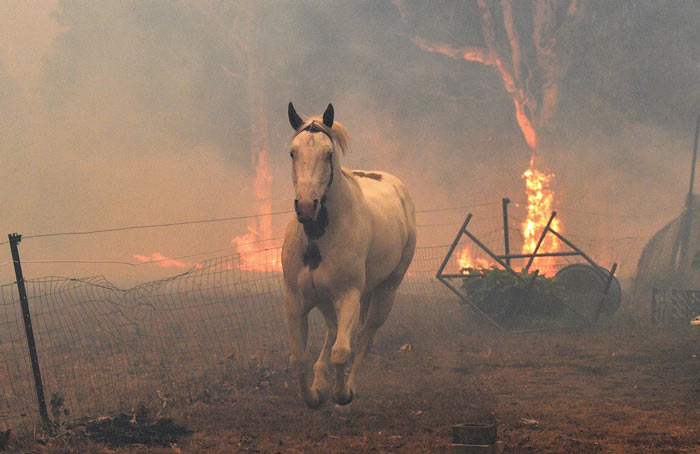
Saeed Khan/AFP via Getty Images
There is also a need to educate and increase public awareness about the causes, triggers, consequences and solutions to the country’s environment concerns, laying emphasis on the link between climate change, the environment and human welfare.

Saeed Khan/AFP via Getty Images
Our hearts and prayers are with the people of Australia as the fight to contain these wildfires continues.
Mmbi Abeng AchuSamba
Environmental Consultant
